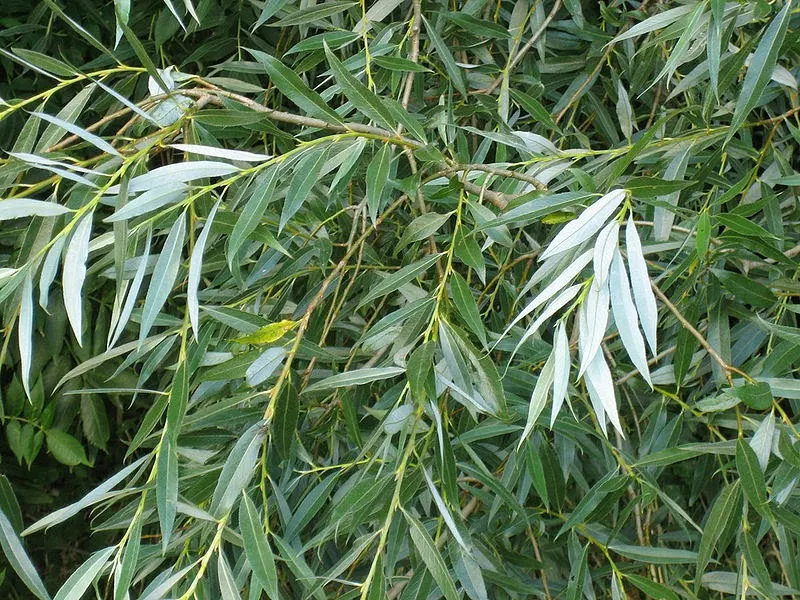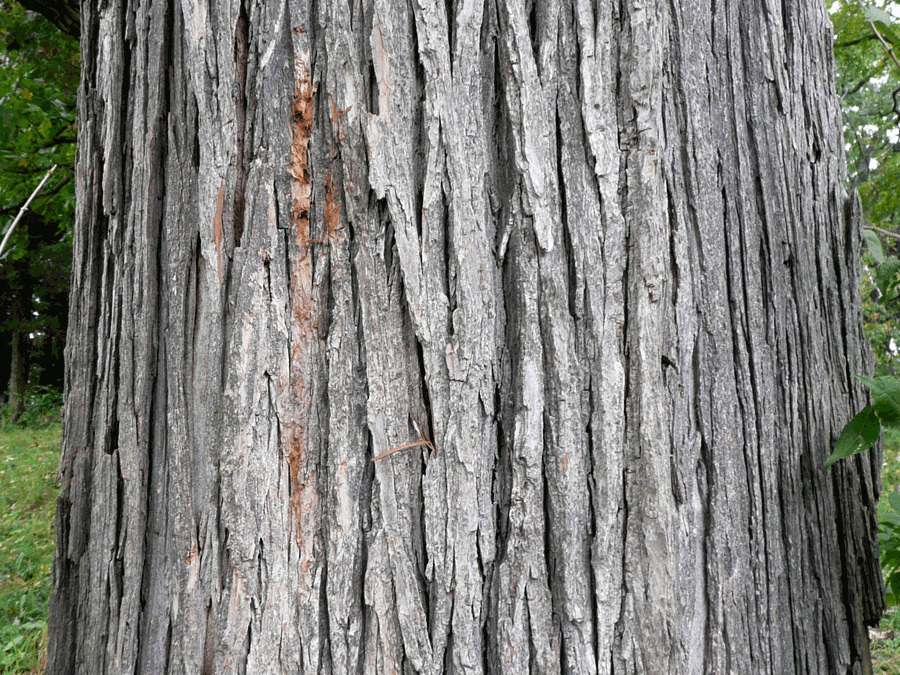by Liliana Usvat
Blog 212 -365
History
The use of willow bark dates back thousands of years, to the time of Hippocrates (400 BC) when patients were advised to chew on the bark to reduce fever and inflammation.
Willow bark has been used throughout the centuries in China and Europe, and continues to be used today for the treatment of pain (particularly low back pain and osteoarthritis), headache, and inflammatory conditions, such as bursitis and tendinitis.
Hippocrates, Galen, Pliny the Elder and others knew willow bark could ease aches and pains and reduce fevers. It has long been used in Europe and China for the treatment of these conditions.This remedy is also mentioned in texts from ancient Egypt, Sumer, and Assyria.

The Reverend Edmund Stone, a vicar from Chipping Norton in Oxfordshire, England, noted in 1763 that willow bark was effective in reducing a fever. The bark is often macerated in ethanol to produce a tincture.
In an article published in 1652, Nicholas Culpeper had suggested that physicians use the burnt residues of the white willow bark blended with vinegar to remove warts, corns as well as unnecessary flesh from the body.

White Willow Bark: A Natural Alternative to Aspirin for Pain Relief
WHITE WILLOW tea- Natural Pain Relief 15-20 cups White Willow bark has been used for many many years as a pain reliever. Willow contains glucoside.

White willow bark contains salicylic acid that is also found in aspirin. It is recommended that one drink 3 to 4 cups of this tea to benefit from its use. Although the tea may be slower acting than aspirin, it has longer lasting effects.
Start by adding 1 to 2 teaspoons of white willow bark to 8 ounces of water.

Allow this to boil for about 5 to 10 minutes. Once it has boiled, turn off the heat and allow it to steep between 20 and 30 minutes. You will notice the herbs drop down to the bottom of the pan and the tea is taking on a beautiful red color.
Add cinnamon and honey to your steeped white willow bark for a better tasting tea.
Once the bark is done steeping, strain the bark out and compost it.
Common Name
White Willow
Other Known Names
Cartkins Willow, European Willow, Pussywillow, Willow, Withe Withy
Botanical Name
Salix alba
Whats it look like
Willows range in size from the statuesque weeping willow tree to plants barely 2 inches high. The many varieties of willow—close to 500—are now considered interchangeable for medicinal use. Its bark has a spicy scent and a bitter flavor.
What part of the plant is used
Bark, leaves
Properties

Do not take if you have a bleeding disorder
Headache
Willow bark has been shown to relieve headaches. There is some evidence that it is less likely to cause gastrointestinal side effects than other pain relievers, such as ibuprofen (Advil) and other nonsteroidal anti-inflammatory drugs, do.
Low back pain
Willow bark appears to be effective for back pain. People who received higher doses of willow bark (240 mg salicin) had more significant pain relief than those who received low doses (120 mg salicin).
Hot Flashes and sweating
White willow is also useful for women as the herb helps in lowering night sweating and hot flashes through menopause period.
The tree best thrives in humid areas like riverbanks and can be grown from partially matured cuttings during the summer or from hard wood cuttings during the winter.
Normally, the white willow trees are often pollarded and the bark of the tree is shredded during spring from branches of trees that are two to five years old.
Blog 212 -365
History
The use of willow bark dates back thousands of years, to the time of Hippocrates (400 BC) when patients were advised to chew on the bark to reduce fever and inflammation.
Willow bark has been used throughout the centuries in China and Europe, and continues to be used today for the treatment of pain (particularly low back pain and osteoarthritis), headache, and inflammatory conditions, such as bursitis and tendinitis.
Hippocrates, Galen, Pliny the Elder and others knew willow bark could ease aches and pains and reduce fevers. It has long been used in Europe and China for the treatment of these conditions.This remedy is also mentioned in texts from ancient Egypt, Sumer, and Assyria.

The Reverend Edmund Stone, a vicar from Chipping Norton in Oxfordshire, England, noted in 1763 that willow bark was effective in reducing a fever. The bark is often macerated in ethanol to produce a tincture.
In an article published in 1652, Nicholas Culpeper had suggested that physicians use the burnt residues of the white willow bark blended with vinegar to remove warts, corns as well as unnecessary flesh from the body.

White Willow Bark: A Natural Alternative to Aspirin for Pain Relief
WHITE WILLOW tea- Natural Pain Relief 15-20 cups White Willow bark has been used for many many years as a pain reliever. Willow contains glucoside.

White willow bark contains salicylic acid that is also found in aspirin. It is recommended that one drink 3 to 4 cups of this tea to benefit from its use. Although the tea may be slower acting than aspirin, it has longer lasting effects.
Start by adding 1 to 2 teaspoons of white willow bark to 8 ounces of water.

Allow this to boil for about 5 to 10 minutes. Once it has boiled, turn off the heat and allow it to steep between 20 and 30 minutes. You will notice the herbs drop down to the bottom of the pan and the tea is taking on a beautiful red color.
Add cinnamon and honey to your steeped white willow bark for a better tasting tea.
Once the bark is done steeping, strain the bark out and compost it.
Common Name
White Willow
Other Known Names
Cartkins Willow, European Willow, Pussywillow, Willow, Withe Withy
Botanical Name
Salix alba
Whats it look like
Willows range in size from the statuesque weeping willow tree to plants barely 2 inches high. The many varieties of willow—close to 500—are now considered interchangeable for medicinal use. Its bark has a spicy scent and a bitter flavor.
What part of the plant is used
Bark, leaves
Properties
- Anti-inflammatory
- Expectorant
- Antiseptic
- Analgesic
- Astringent

- Bronchitis
- Coughs
- Headaches
- Fevers
- Rheumatism
- Gout
- Diarrhea
- Dysentery
- Neuralgia
- Gastrointestinal distress
- Pain
- Osteoarthritis
- Menstrual cramps
- Flu
- Tendonitis
- Bursitis
Do not take if you have a bleeding disorder
Headache
Willow bark has been shown to relieve headaches. There is some evidence that it is less likely to cause gastrointestinal side effects than other pain relievers, such as ibuprofen (Advil) and other nonsteroidal anti-inflammatory drugs, do.
Low back pain
Willow bark appears to be effective for back pain. People who received higher doses of willow bark (240 mg salicin) had more significant pain relief than those who received low doses (120 mg salicin).
Hot Flashes and sweating
White willow is also useful for women as the herb helps in lowering night sweating and hot flashes through menopause period.
Dosage and Administration Adult
General dosing guidelines for willow bark are as follows:- Dried herb (used to make tea): boil 1 - 2 tsp of dried bark in 8 oz of water and simmer for 10 - 15 minutes; let steep for ½ hour; drink 3 - 4 cups daily.
- Powdered herb or liquid: 60 - 240 mg of standardized salicin per day;
- Tincture (1:5, 30% alcohol): 4 - 6 mL 3 times per day.
- Leaves

- INFUSION - infusions prepared from white willow leaves can be consumed following meals with a view to cure digestive problems as well as enhance the digestive process.
Chase-away-your-pain aperitif
- 3 cups (750 ml) Sweet white wine (Alsatian Muscat, Muscadet)
- 3 T (50 g) Willow bark, dried and crushed
Habitat and cultivation
Basically indigenous to European countries, white willow is now found abundantly in North America as well as in Asia.The tree best thrives in humid areas like riverbanks and can be grown from partially matured cuttings during the summer or from hard wood cuttings during the winter.
Normally, the white willow trees are often pollarded and the bark of the tree is shredded during spring from branches of trees that are two to five years old.
















 (anthopogon hypenanthum)
(anthopogon hypenanthum)
 (Rhdodendron_campanulatum)
(Rhdodendron_campanulatum)

